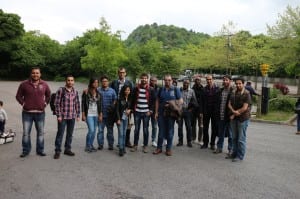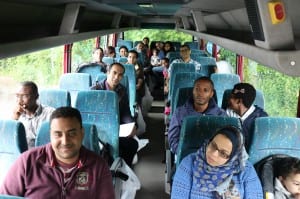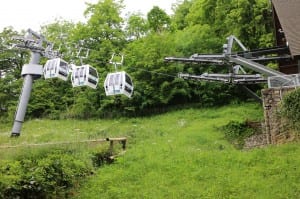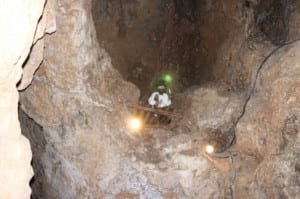The monthly PGRs Research Presentations is resumed (after Summer Break) and was held on Wed. 9th September, 2pm, Room MC3108.
This session we had the following presentations:
| Title: “Affordable Mobile Robotic Platforms for Teaching Computer Science at African Universities“. | Title: “Exploring the dynamics of social interaction in massive open online courses” | |
|
By: Ernest Gyebi |
By: Kwamena Appiah-Kubi |
|
| Abstract: Educational robotics can play a key role in addressing some of the challenges faced by higher education in Africa. One of the major obstacles preventing a wider adoption of initiatives involving educational robotics in this part of the world is lack of robots that would be affordable by African institutions. In this paper, we present a survey and analysis of currently available affordable mobile robots and their suitability for teaching computer science at African universities. To this end, we propose a set of assessment criteria and review a number of platforms costing an order of magnitude less than the existing popular educational robots. Our analysis identifies suitable candidates offering contrasting features and benefits. We also discuss potential issues and promising directions which can be considered by both educators in Africa but also designers and manufacturers of future robot platforms. | Abstract: MOOCs (Massive Open Online Courses) make free and easily accessible educational resources from participating universities spanning a wide range of courses. These learning resources are often structured and delivered to mimic a brick-and-mortar classroom. The courses usually attract large number of participants who have to collaborate within the time frame of the course to facilitate their learning as well as socialize. This large number of participants that have to collaborate within such a short time span presents a new context to investigate the dynamics of social interaction within such a group. | |
|
|
||
|



